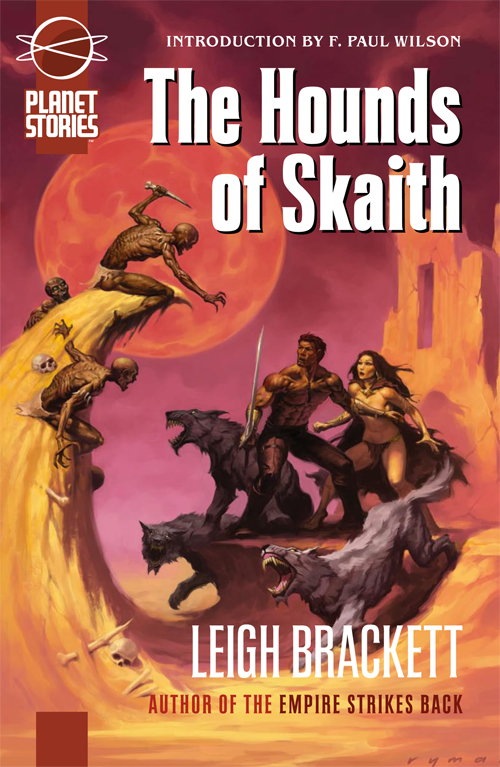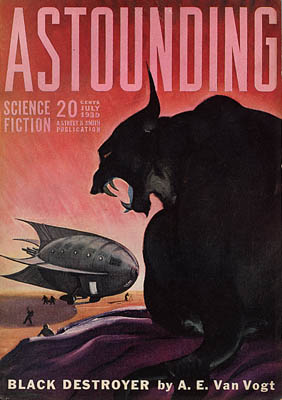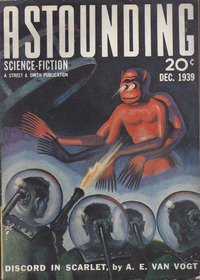A Bout of Aboutness: Urban Fantasy and Sword-and-Planet
The Zeitgeist has been tying its ectoplasm in knots lately about urban fantasy. Here’s Lilith Saintcrow, underdefining the genre in a recent guest column at Pat’s Hotlist (with a followup at her own site):
Chicks kicking ass. Well, leather-clad chicks kicking ass. Leather-clad chicks kicking ass in an urban environment where some form of “magic” is part of the world. There. That’s about it.
But that’s not all there is to it.

 Certainly not, but that really may be the central genre-defining element. I was thinking about this while reading Justina Robson’s excellent Keeping It Real recently. The book kept reminding me of sword-and-planet–with the gender polarities reversed.
Certainly not, but that really may be the central genre-defining element. I was thinking about this while reading Justina Robson’s excellent Keeping It Real recently. The book kept reminding me of sword-and-planet–with the gender polarities reversed.
I was reading buckets of sword-and-planet last year (some of which I reviewed in this space) and it constantly occurred to me that the aboutness of these books is concerned with male identity: they present idealized images of the lone male adventurer. For Edgar Rice Burroughs, the idealized image was that of an immortal Virginia gentleman. For Robert E. Howard, a man somewhere midway between the barbarism he considered man’s natural state and the aspirations of human intellect. For Otis Adelbert Kline, he’s a down-on-his-luck member of the American aristocracy. For some other three-initialled author the idealized image might be somewhat different, but they share some core similarities.

 “So just what is science fiction?” asks editor Lou Anders in the preamble to his second and latest volume of Fast Forward, an annual collection of original genre stories (you can find my review of the first edition
“So just what is science fiction?” asks editor Lou Anders in the preamble to his second and latest volume of Fast Forward, an annual collection of original genre stories (you can find my review of the first edition 

 Clint Eastwood never starred in or directed a sword-and-sorcery or heroic fantasy movie, and since he’s declared his retirement from acting with 2008’s Gran Torino, chances are he never will. That’s too bad, since the leathery, iconic actor might have made a nice fit into certain dark fantasy worlds. Michael Moorcock thought he would have made an excellent Eric John Stark; I agree. But Eastwood as a performer and director was more interested the realistic American landscape, and he never got near the world of the overtly fantastic.
Clint Eastwood never starred in or directed a sword-and-sorcery or heroic fantasy movie, and since he’s declared his retirement from acting with 2008’s Gran Torino, chances are he never will. That’s too bad, since the leathery, iconic actor might have made a nice fit into certain dark fantasy worlds. Michael Moorcock thought he would have made an excellent Eric John Stark; I agree. But Eastwood as a performer and director was more interested the realistic American landscape, and he never got near the world of the overtly fantastic.